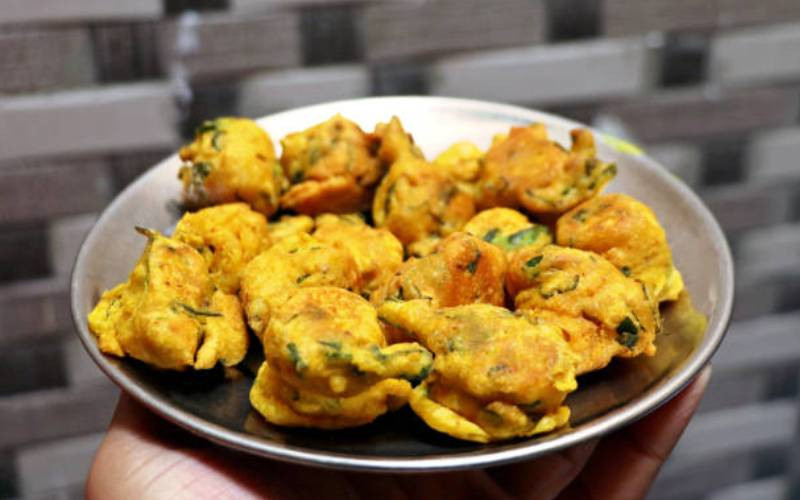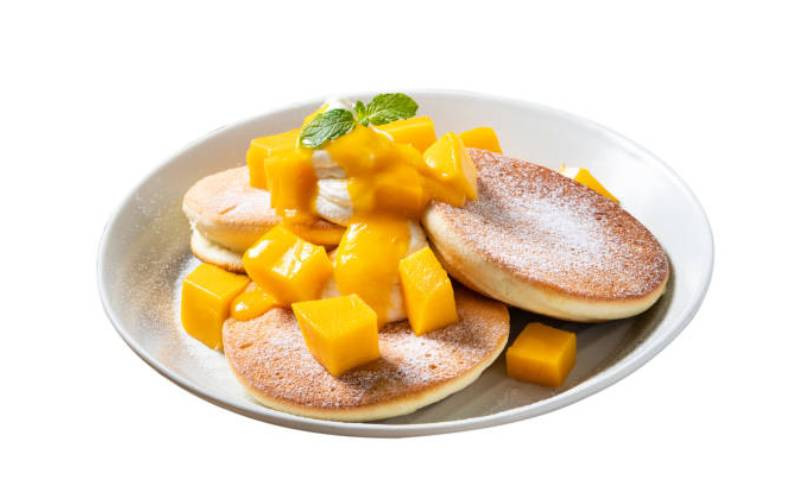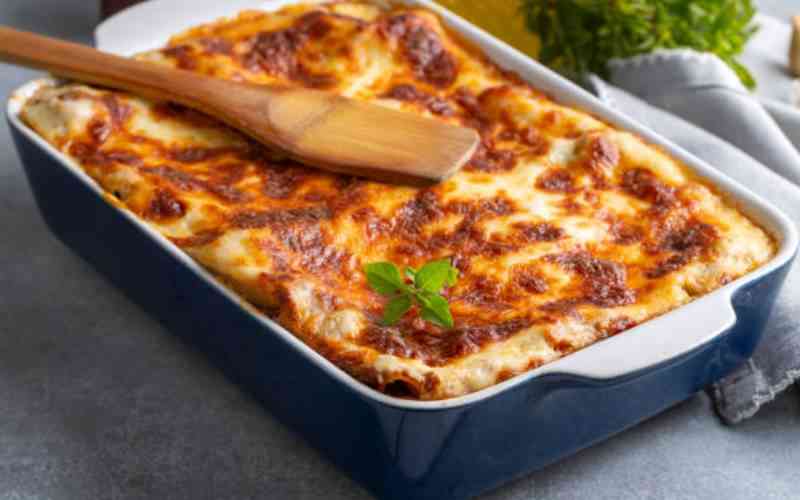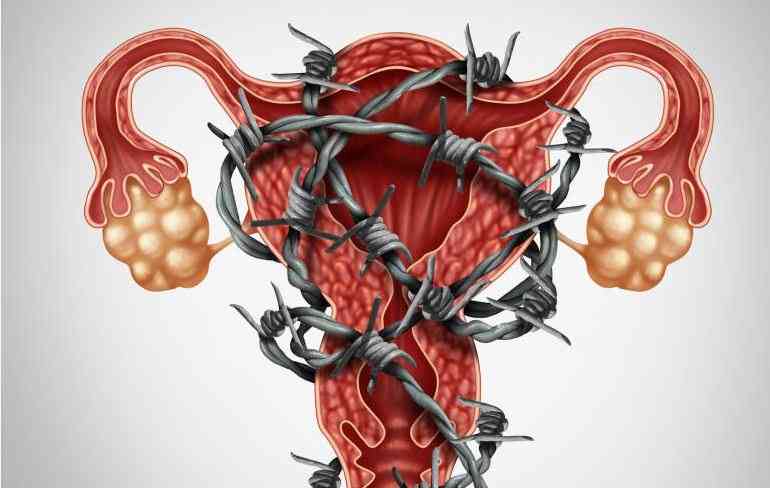
Vegetables are packed with vitamins, minerals, fibre and disease fighting properties known as phytochemicals. However, if not prepared well, these nutrients can easily be destroyed. 1. Mixing vegetables while cooking Different vegetables have different cooking times hence the need to cook them separately. If you must combine, start with the ones that take longer to cook. Some vegetables have natural chemicals that can potentially bind with minerals in the other vegetables reducing their absorption. For example, amaranth and spinach have oxalic acid that can bind with other minerals to form oxalates and insoluble salts which can't be absorbed in our bodies. It is better to cook each vegetable, especially the traditional vegetables, separately. 2. Adding milk Although adding milk and other milk products can enrich vegetables with protein and calcium, this act can also interfere with the body's ability to absorb iron present in most vegetables. Calcium present in milk reduces iron absorption. 3. Boiling When vegetables are submerged in water, the water soluble vitamins like vitamin C and B leach out. This loss increases when vegetables are exposed to prolonged heat during boiling. The nutrients and colour of the vegetables dissolves in the water. The shakeup caused by the boiling water can cause the vegetable fibres to break up and the nutrients to evaporate. Fresh foods have natural fluids hence do not need additional water while cooking unless you are making a soup. Reducing the amount of water used when cooking vegetables can significantly decrease nutrients loss. In case of boiling, the water used should not be discarded since most of the nutrients will have dissolved into this water. Instead this water should be re introduced to the vegetables or used as a base for a soup or stew. 4. Overcooking Most vitamins are destroyed with prolonged exposure to light and heat. If vegetables are cooked until they lose their crispness and their bright colour, they will have lost a good portion of their nutrients. 5. Cutting and exposing to light Vegetables start to break down after being harvested. Exposure to light and heat after harvest speeds up the breakdown and nutrient loss. Avoid buying vegetables that are exposed to direct sunlight or those that have already been cut or chopped. Cutting or chopping should be done just before cooking or eating. 6. Washing vegetables after chopped/dicing Washing already chopped or diced vegetables leads to further nutrient loss. Water soluble vitamins seep out from the cut surfaces into the washing water. 7. Waiting too long to serve Vegetables continue cooking even after they have been removed from a source of heat which can also lead to nutrient loss. Vegetables should therefore be the last meal to prepare just before serving.
 The Standard Group Plc is a multi-media organization with investments in media platforms spanning newspaper print
operations, television, radio broadcasting, digital and online services. The Standard Group is recognized as a
leading multi-media house in Kenya with a key influence in matters of national and international interest.
The Standard Group Plc is a multi-media organization with investments in media platforms spanning newspaper print
operations, television, radio broadcasting, digital and online services. The Standard Group is recognized as a
leading multi-media house in Kenya with a key influence in matters of national and international interest.










